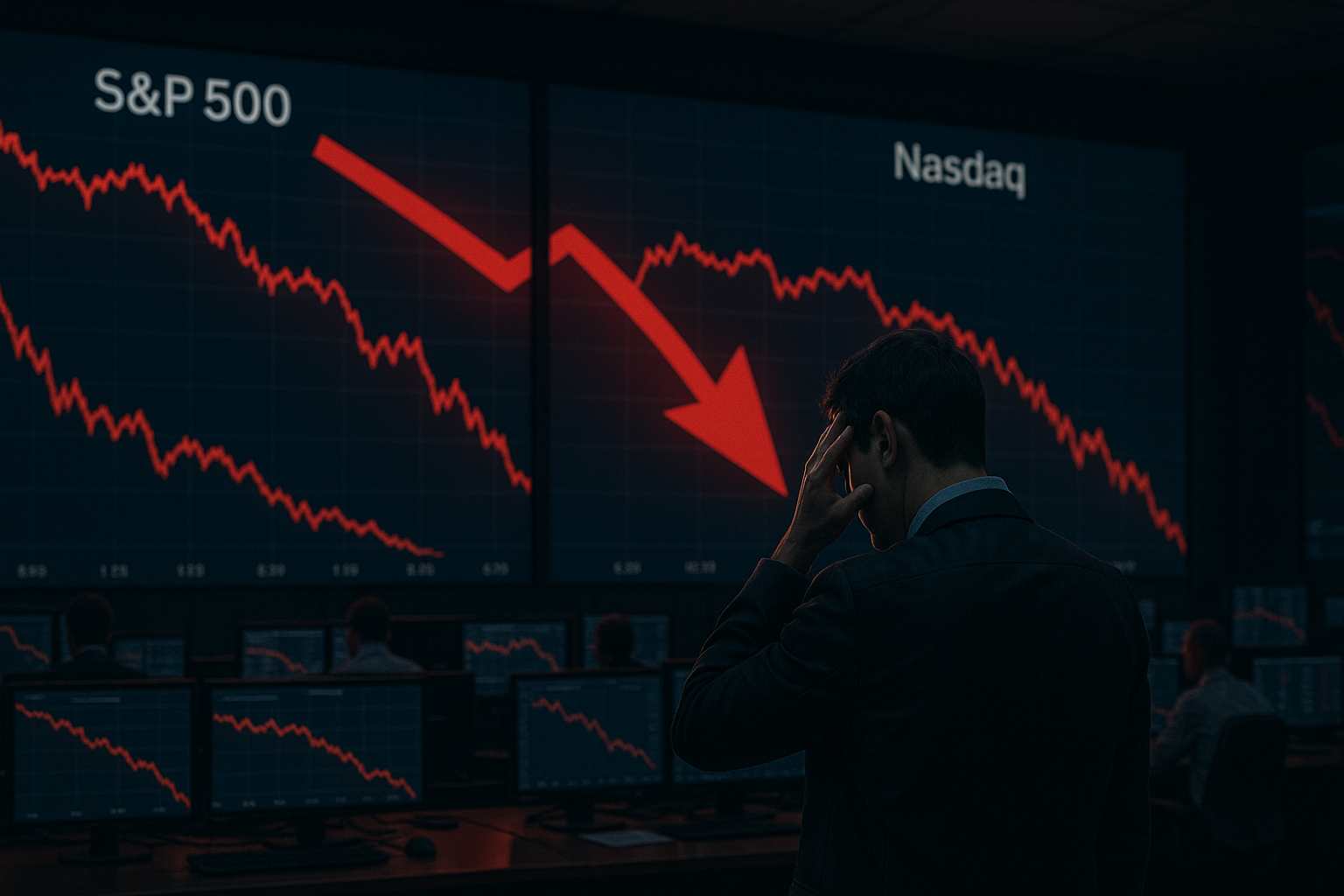The markets got pummeled on Monday. There's no prettier way to put it. The S&P 500 sank 1.2% while the tech-heavy Nasdaq got absolutely crushed, tumbling nearly 2% in its worst showing since December.
I've been watching this bizarre market psychology play out for months now. You know the drill—bad economic news sends stocks higher (because rate cuts might come sooner) while good economic news triggers sell-offs (because the Fed might keep rates higher longer). It's been a twisted game.
But Monday felt different somehow. It was just plain old bad news being treated as... well, bad news. Like we suddenly remembered how markets are supposed to work.
The trigger? That blockbuster jobs report from Friday. The economy added a whopping 353,000 jobs in January—almost double what economists had penciled in. Unemployment held steady at 3.7%. Great for workers, troubling for investors who've been betting their portfolios on imminent Fed rate cuts.
Look, I've seen this movie before. I call it the "rate cut anticipation cycle." Markets price in a bunch of cuts based on economic weakness, then data shows the economy isn't actually that weak, markets push back rate cut expectations, stocks tumble... and round and round we go. We've been stuck in this maddening loop since fall.
Just a month ago, fed funds futures were pricing in SIX rate cuts for 2024. Now? Three. Maybe. The March cut that seemed like a sure thing is now looking more like May or June—if we're lucky.
This repricing is brutal. It's forcing investors to rethink valuations across the board. And timing couldn't be worse with those frothy tech valuations we've been seeing.
What's fascinating to watch (if you're a market psychology nerd like me) is how investors behave during these narrative shifts. There's this awkward transition period where the story has to change from "the Fed will save us!" to "maybe we don't need saving after all?" That shift is rarely smooth. Monday was proof.
The "immaculate disinflation" scenario—where inflation cools without unemployment spiking—seems to be playing out. But slower than anyone hoped. The Fed wants absolute certainty that inflation is heading back to 2% before cutting rates. And with wages growing at 4.5% year-over-year in January, that certainty remains... elusive.
I've always found it helpful to think about market moves as expectation adjustments rather than reactions to absolute news. Monday's sell-off wasn't because investors suddenly thought the economy was in trouble—it was because they realized they'd gotten way ahead of themselves in pricing in Fed accommodation.
Meanwhile, the bond market is having its own existential crisis. The 10-year Treasury yield jumped to 4.16% Monday. That's up from 3.7% in December! It's like the bond market suddenly remembered that—oh wait—we're running trillion-dollar deficits and somebody's gotta fund 'em.
(Speaking of Powell, his 60 Minutes interview Sunday was a masterclass in saying nothing with many words. We'll cut rates when we cut rates, but not before, and definitely not after. Thanks for clearing that up, Jay.)
Honestly? This sell-off might actually be healthy in the long run. Markets had gotten frothy. The Magnificent Seven tech stocks were carrying the whole market on their shoulders. A little air coming out of that balloon isn't the worst thing that could happen.
For investors, the message is getting clearer: The easy money era isn't coming back as quickly as everyone hoped. The Fed put isn't struck at current market levels. And economic strength—while fantastic for Main Street—creates a more complicated picture for Wall Street.
In the meantime? Keep an eye on that Boeing situation—workers rejected the new contract offer, sending shares down another 1.3%. And weirdly, Bitcoin rallied above $43,000, apparently decoupling from equity markets in a way I haven't seen in months. Oil, meanwhile, slid on Chinese demand concerns, with WTI dropping below $73.
Buckle up. This rate cut rollercoaster isn't over yet.
